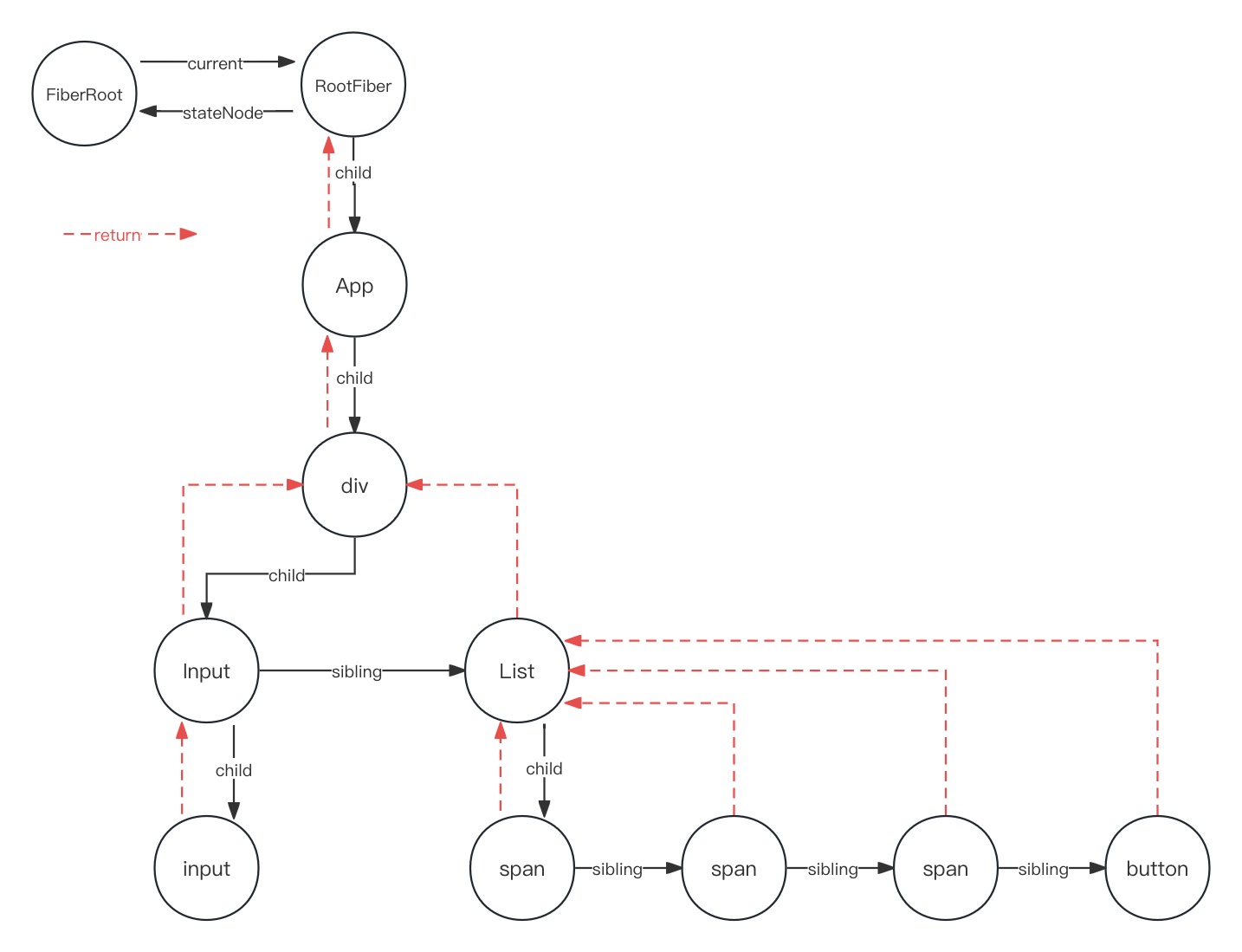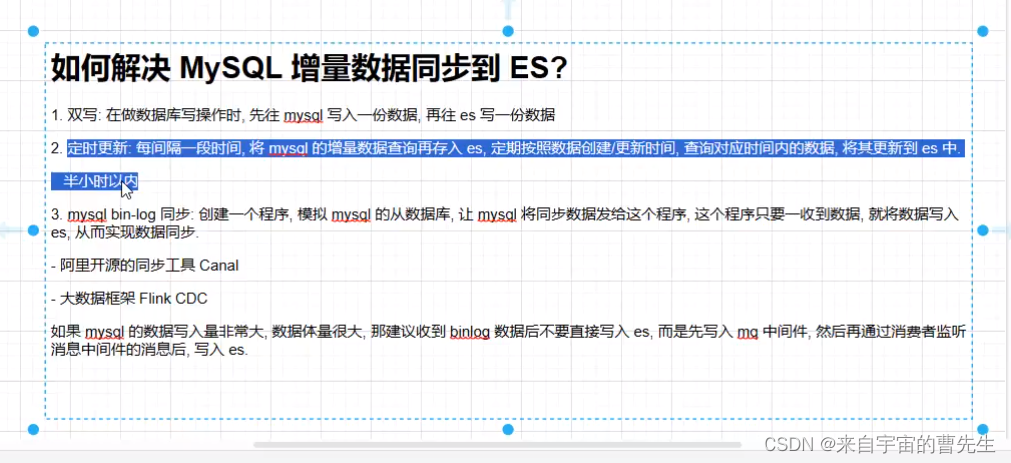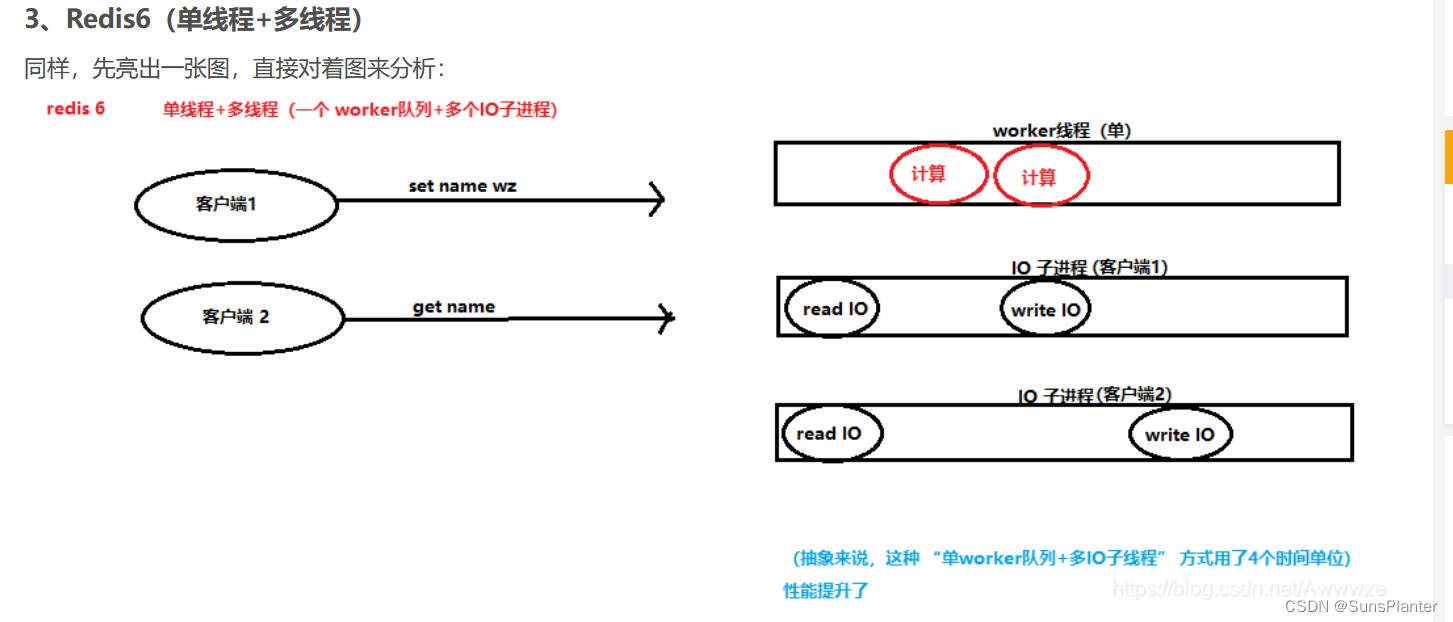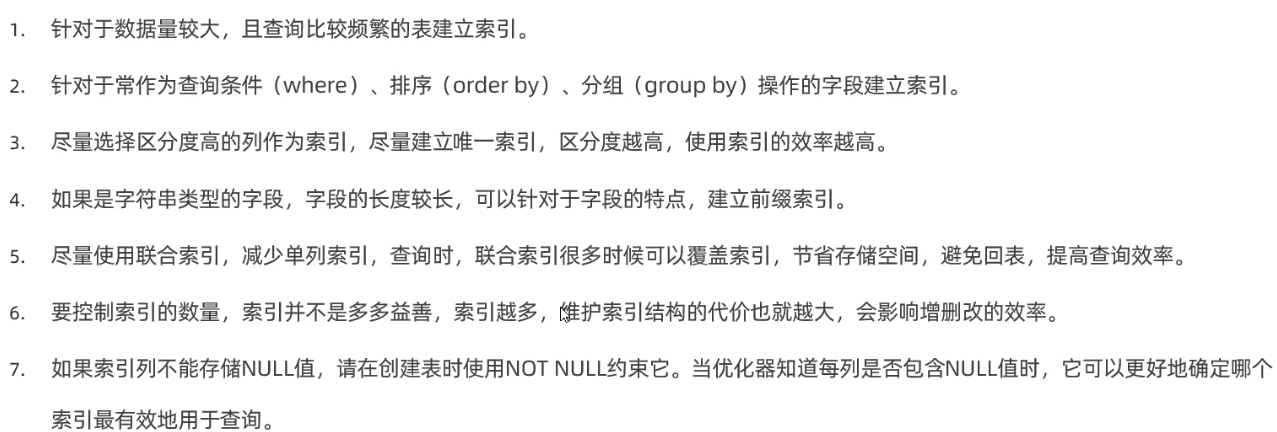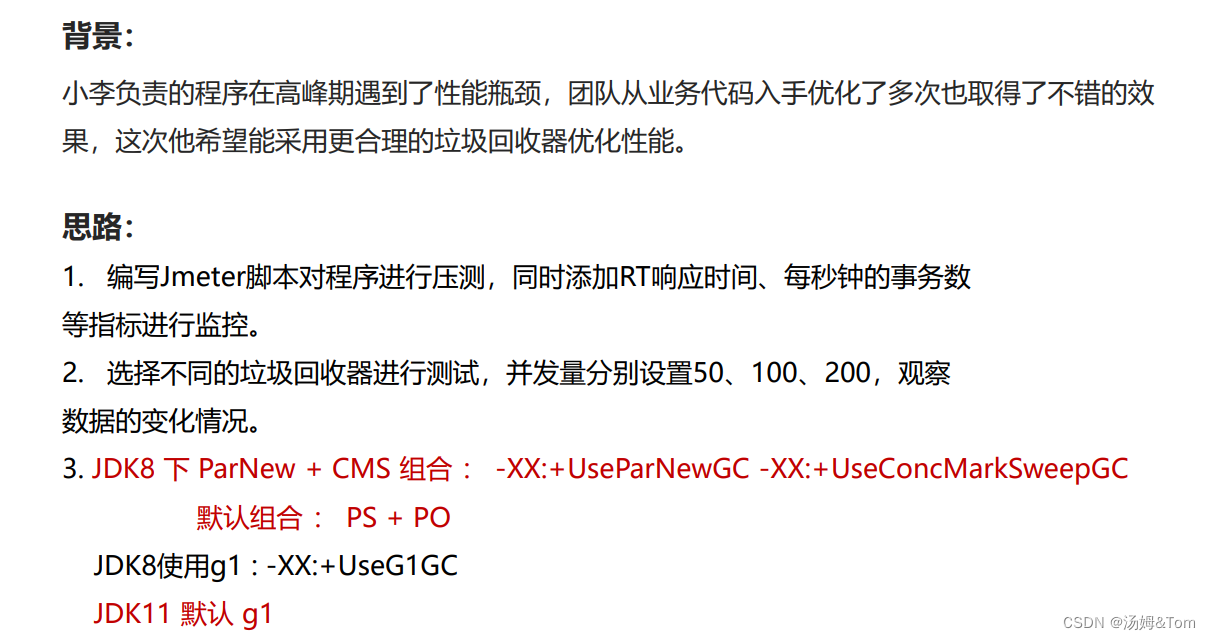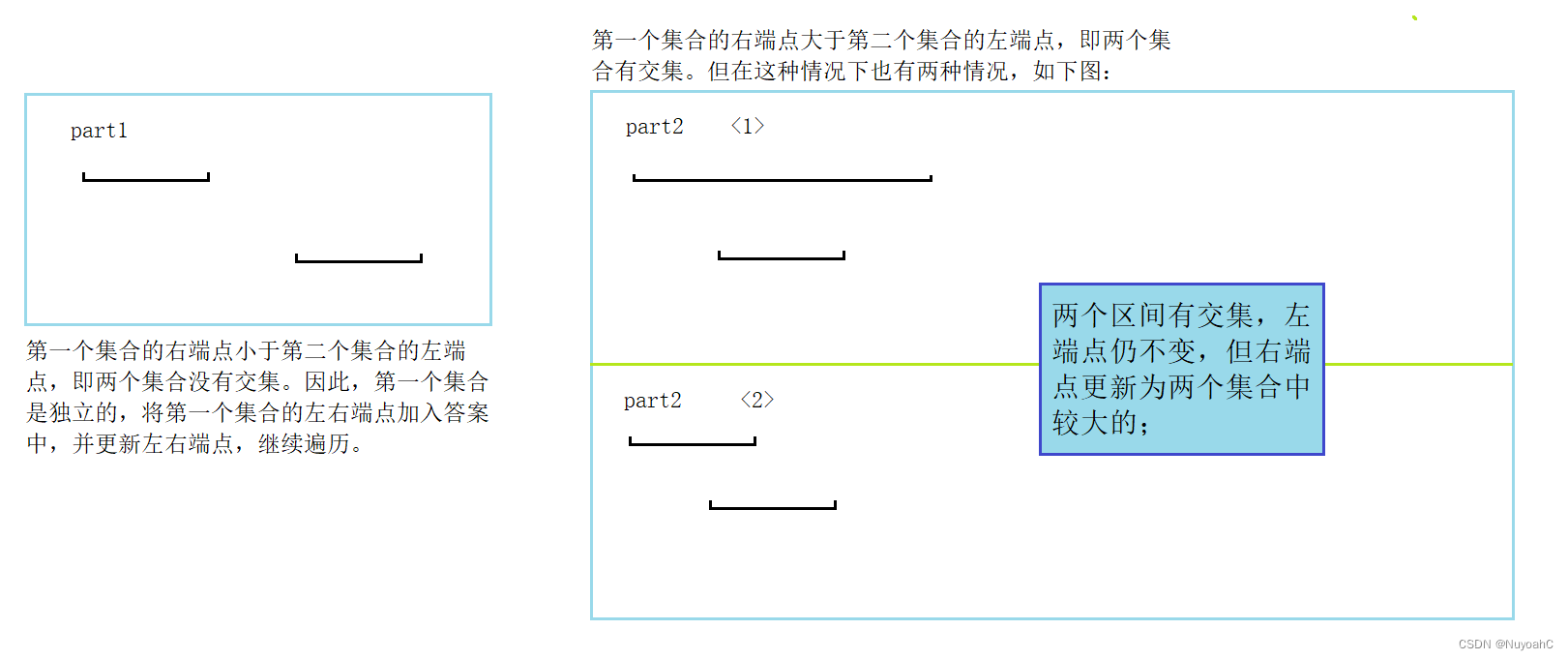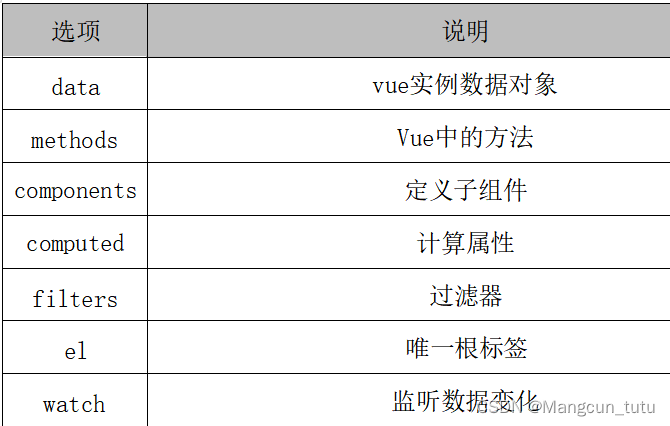柔性数组和C语言内存划分
- 1. 柔性数组
- 1.1 柔性数组的特点:
- 1.2 柔性数组的使用
- 1.3 柔性数组的优势
- 2. 总结C/C++中程序内存区域划分
1. 柔性数组
也许你从来没有听说过柔性数组(flexible array)这个概念,但是它确实是存在的。
C99 中,结构中的最后⼀个元素允许是未知大小的数组,这就叫做『柔性数组』成员。
例如:
typedef struct st_type
{int i;int a[0];//柔性数组成员
}type_a;
有些编译器会报错⽆法编译可以改成:
typedef struct st_type
{int i;int a[];//柔性数组成员
}type_a;
1.1 柔性数组的特点:
- 结构中的柔性数组成员前面必须至少⼀个其他成员。
- sizeof 返回的这种结构大小不包括柔性数组的内存。
- 包含柔性数组成员的结构⽤malloc ()函数进行内存的动态分配,并且分配的内存应该大于结构的大小,以适应柔性数组的预期大小。
#include <stdio.h>
struct St
{int n;int arr[0];
};int main()
{printf("%zd\n", sizeof(struct St));return 0;
}
运行结果如图:
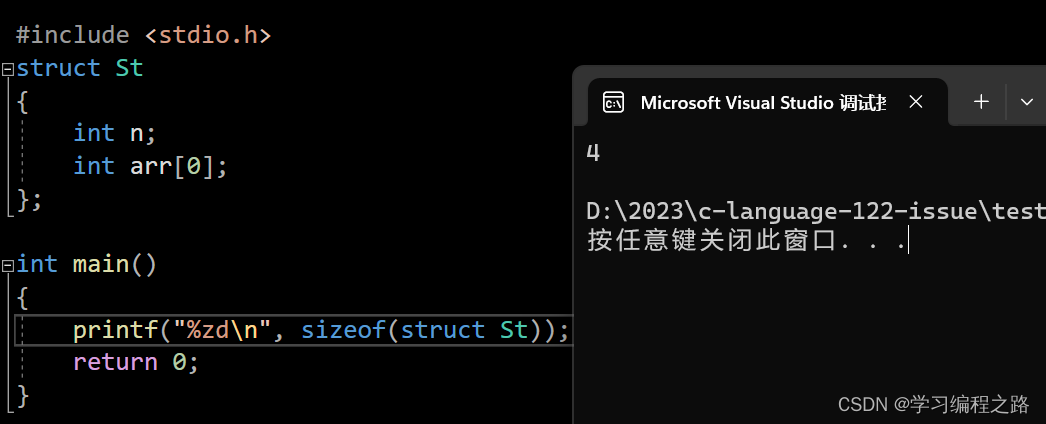
1.2 柔性数组的使用
#include <stdio.h>
#include <stdlib.h>
struct St
{char c;int n;int arr[0];
};int main()
{struct St* ps = (struct St*)malloc(sizeof(struct St) + 10 * sizeof(int));if (ps == NULL){perror("malloc");return 1;}ps->c = 'w';ps->n = 100;int i = 0;for (i = 0; i < 10; i++){ps->arr[i] = i;}//数组空间不够struct St* ptr = (struct St*)realloc(ps, sizeof(struct St) + 15 * sizeof(int));if (ptr != NULL){ps = ptr;}else{perror("realloc");return 1;}//...继续使用for (i = 10; i < 15; i++){ps->arr[i] = i;}for (i = 0; i < 15; i++){printf("%d ", ps->arr[i]);}printf("\n");printf("%d\n", ps->n);printf("%c\n", ps->c);//释放free(ps);ps = NULL;return 0;
}
运行结果如图:

1.3 柔性数组的优势
我们也可以模拟实现柔性数组的效果,代码如下:
#include <stdio.h>
#include <stdlib.h>
typedef struct St
{char c;int n;int* arr;
}st;
int main()
{st* ps = (st*)malloc(sizeof(st));if (ps == NULL){perror("malloc");return 1;}ps->c = 'w';ps->n = 100;ps->arr = (int*)malloc(10 * sizeof(int));if (ps == NULL){perror("malloc");return 1;}int i = 0;for (i = 0; i < 10; i++){ps->arr[i] = i;}//扩容int* tmp = (int*)realloc(ps->arr, 15 * sizeof(int));if (tmp != NULL){ps->arr = tmp;tmp = NULL;}else{perror("realloc");return 1;}//使用for (i = 10; i < 15; i++){ps->arr[i] = i;}for (i = 0; i < 15; i++){printf("%d ", ps->arr[i]);}printf("\n");printf("%d\n", ps->n);printf("%c", ps->c);//释放free(ps->arr);ps->arr = NULL;free(ps);ps = NULL;return 0;
}
运行结果如图:

上述 代码1 和 代码2 可以完成同样的功能,但是 方法1 的实现有两个好处:
第一个好处是:方便内存释放
如果我们的代码是在⼀个给别⼈⽤的函数中,你在里面做了⼆次内存分配,并把整个结构体返回给用户。用户调用free可以释放结构体,但是用户并不知道这个结构体内的成员也需要free,所以你不能指望用户来发现这个事。所以,如果我们把结构体的内存以及其成员要的内存⼀次性分配好了,并返回给用户⼀个结构体指针,用户做⼀次free就可以把所有的内存也给释放掉。
第二个好处是:这样有利于访问速度.
连续的内存有益于提⾼访问速度,也有益于减少内存碎片。
2. 总结C/C++中程序内存区域划分
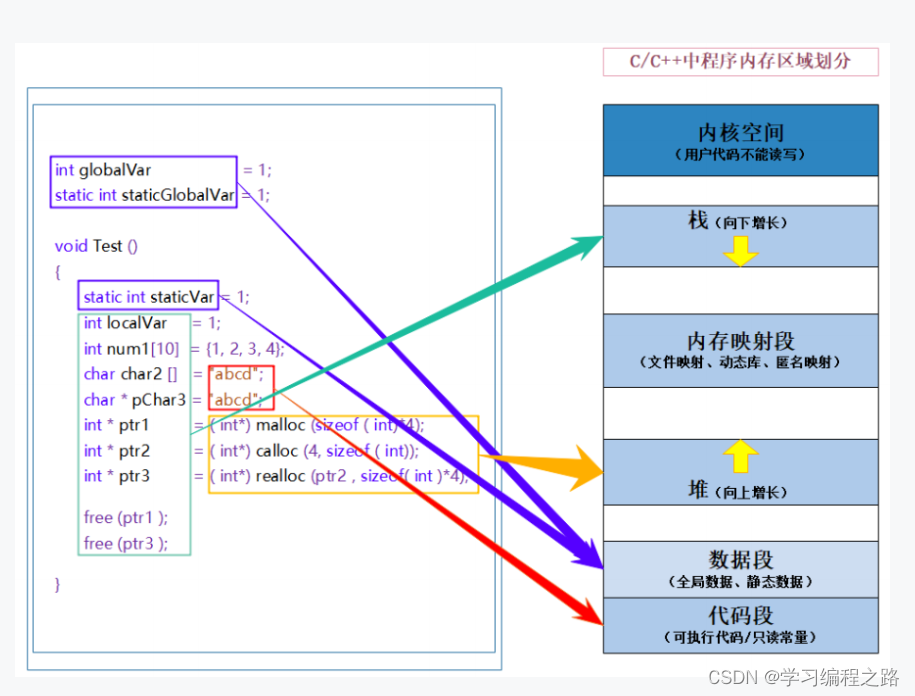
C/C++程序内存分配的几个区域:
- 栈区(stack):在执行函数时,函数内局部变量的存储单元都可以在栈上创建,函数执行结束时这些存储单元自动被释放。栈内存分配运算内置于处理器的指令集中,效率很高,但是分配的内存容量有限。 栈区主要存放运行函数而分配的局部变量、函数参数、返回数据、返回地址等。
- 堆区(heap):⼀般由程序员分配释放, 若程序员不释放,程序结束时可能由OS回收 。分配方式类似于链表。
- 数据段(静态区)(static)存放全局变量、静态数据。程序结束后由系统释放。
- 代码段:存放函数体(类成员函数和全局函数)的二进制代码。
